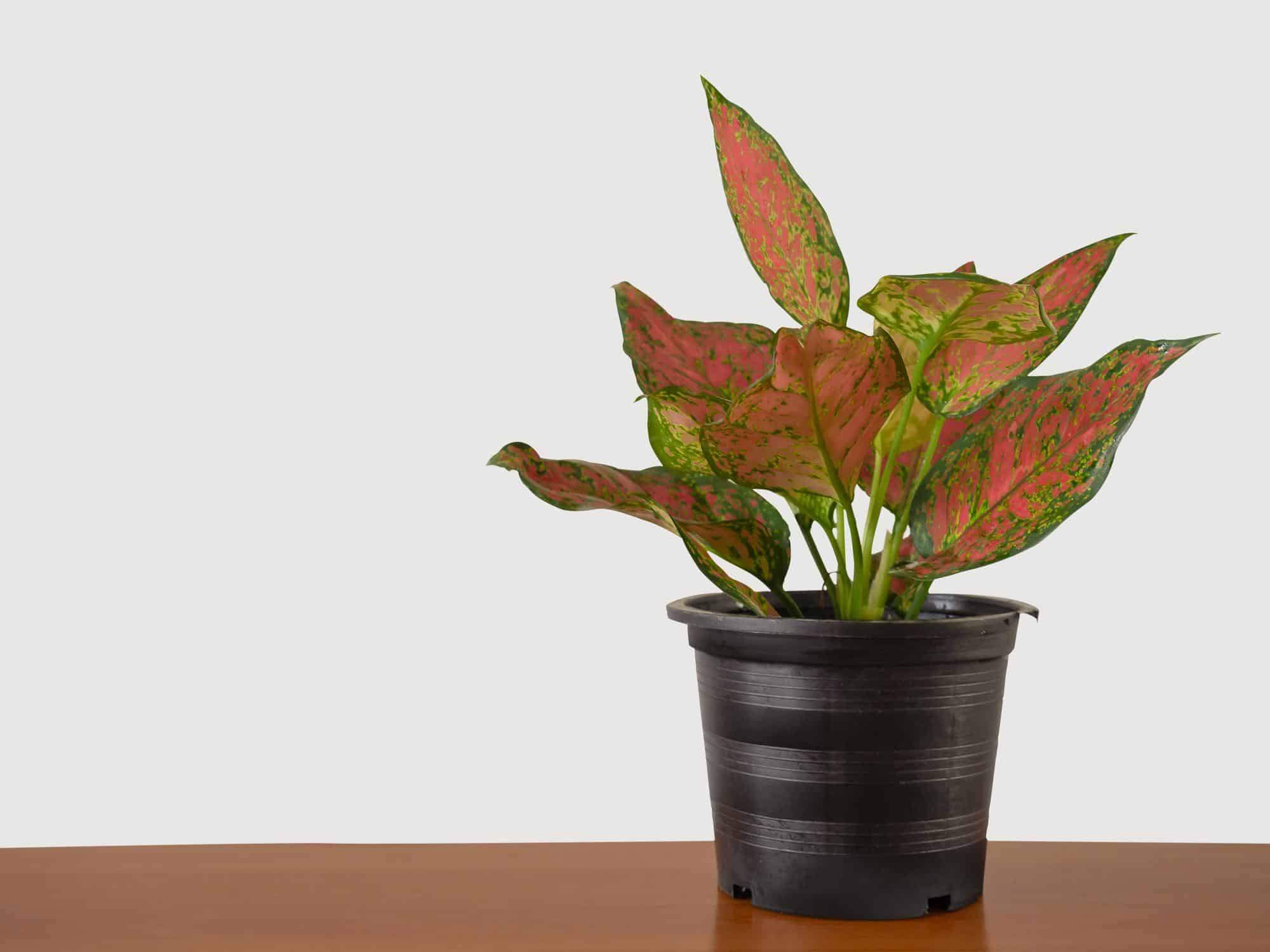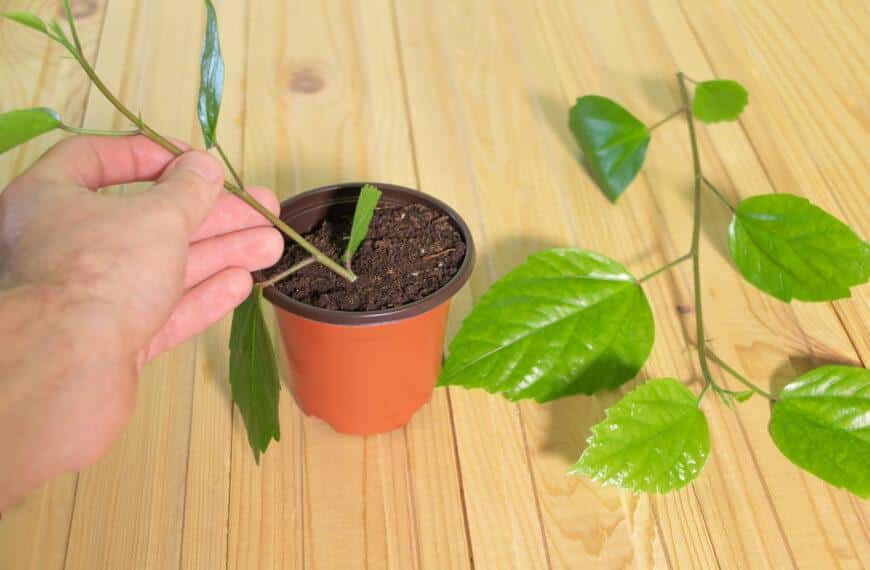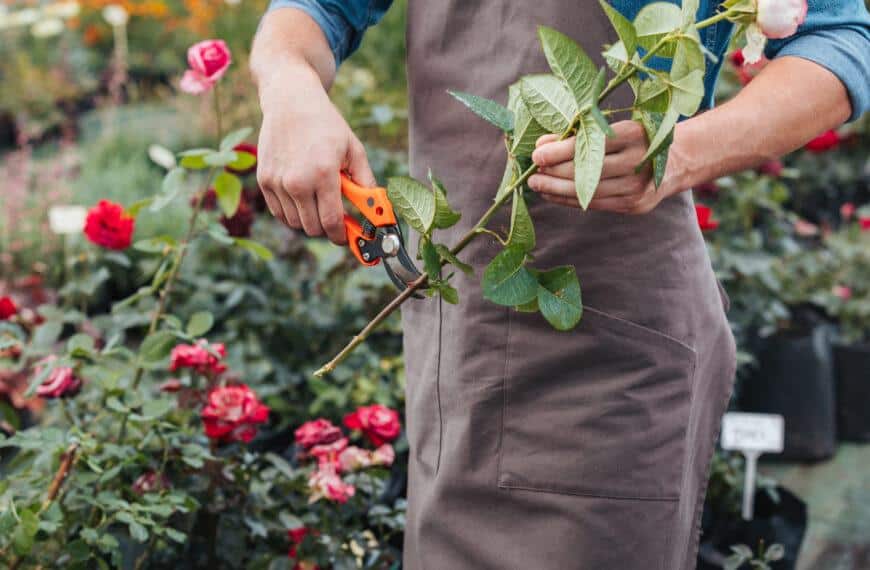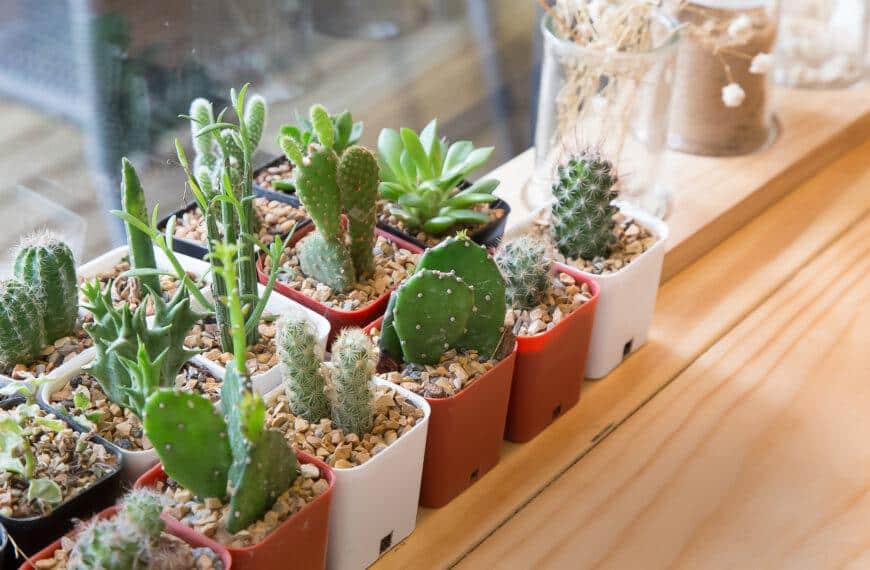Introduction to growing indoor plants
Want to bring some green into your home? Indoor plants can be a great reward for all. To get started, pick easy to grow plants that don’t require much care. Perfect for those with little gardening experience, or those who don’t have time for high-maintenance plants.
Indoor plants help purify the air and provide nature in any room. Plus, they boost moods and reduce stress levels. With minimal effort, even novice gardeners can enjoy these benefits.
If you’re just starting out, several plants are ideal picks. Snake plant, pothos, ZZ plant, spider plant – they all thrive indoors with little watering. When selecting, consider how much natural light your space gets and how often you can water it. Many plants work in almost any location – with minimal care.
Bring your own oxygen factory – without the pollution or co-workers!
The benefits of growing indoor plants
Indoor plants are a real blessing! They do much more than just decorate your house. They offer many health benefits, like:
- Cleaning the air & improving air flow.
- Reducing stress, improving mood, & boosting productivity.
- Adding moisture to the environment, preventing dry skin & breathing problems.
- Enhancing decor appeal & creating a peaceful environment.
Plus, certain plants like spider plants, snake plants, peace lilies, and dracaenas can even help reduce toxic chemicals. NASA researchers first proposed using houseplants as a way to purify air in space structures in 1989. Indoor gardening isn’t hard to learn. Even a rookie can have a green thumb with these 10 plants!
Top 10 easy to grow indoor plants for beginners
To help you start your indoor garden with ease, this section highlights the top 10 easy to grow indoor plants for beginners. Each of these plants is perfect for those who are new to gardening and want low-maintenance greenery in their homes. The sub-sections include the Spider Plant, Snake Plant, Pothos, ZZ Plant, Jade Plant, Aloe Vera, Peace Lily, Chinese Evergreen, English Ivy, and Philodendron.
Spider Plant
The Chlorophytum comosum, or Spider Plant, is a great addition to any home. It has thin leaves growing in a spider-like manner, plus offshoots you can propogate into new plants. Perfect for beginner plant parents!
Low to moderate light and water once a week in summer, every two weeks in winter. Needs well-draining soil and a bit of humidity. Non-toxic to pets.
Beautiful in hanging baskets or bookshelves. Plus, it purifies air! NASA says it’s one of the top plants for improving indoor air quality, removing toxins like formaldehyde and xylene.
Forgetful plant parents, don’t worry! The Spider Plant still looks better than your ex’s succulents, even if you forget to water it.
Snake Plant
The Sansevieria plant, or Mother-in-Law’s Tongue, is great for beginner planters. It has tall, hardy leaves that do not require much attention. They can handle a range of temperatures and humidity levels. Plus, they are air purifiers, removing toxins from the air. They are also versatile, growing in various pot sizes and soils. You can propagate them easily with cuttings or division. Different varieties have unique leaf patterns, adding variety to your garden.
Pro Tip: Let the soil dry before watering again to avoid root rot. Even newbie planters can have success with a Sansevieria!
Pothos
Pothos is an ideal plant for beginners! It can grow in bright or low light, in soil or water, and trailing vines can be trained to climb. Plus, it only needs watering every few weeks. This fast-growing plant will quickly fill up empty spaces and is pest-resistant. Different varieties are available with unique leaf shapes, sizes, and colors. Plus, Pothos can reduce stress levels – the perfect way to relax! For those who struggle with keeping plants alive, the ZZ Plant is even hard to kill – even by the Grim Reaper! So, why not give Pothos a try?
ZZ Plant
Forgetful caretakers and low-lit rooms can rejoice! The Zamioculcas zamiifolia, also known as the ZZ Plant, is a rare combination of ornamental attributes with low maintenance requirements, perfect for beginner gardeners.
ZZ Plants can reach up to 3 feet tall and wide, in bright, indirect sunlight, with infrequent waterings. This plant also cleanses air of toxins such as benzene, formaldehyde, and xylene, making it an ideal companion for good household health. When propagating from rhizomes, gently wash the roots prior to planting in well-draining soil. Slow initial growth is expected, so patience is key.
To ensure your ZZ Plant thrives, keep it away from direct sunlight or scorching heat sources, as this can damage the leaves. Additionally, avoid over-watering; roots may experience rot if left in soggy soil. The stems store water during dry periods.
This article has provided helpful tips on how to effectively take care of your ZZ Plant indoors. If you need tailored advice for your location and setup, consult local horticultural experts or fellow gardening enthusiasts. The ZZ Plant is a low-maintenance roommate that won’t leave dirty dishes in the sink – green thumb or not!
Jade Plant
This succulent plant with dark green leaves is a great choice for beginners. It’s known as Crassula Ovata and loves indirect sunlight and well-draining soil. Water once a week and you’re good to go. Plus, its leaves store water, so it’s even more forgiving.
In Chinese culture, the Jade Plant symbolizes prosperity and abundance. It’s a great housewarming present! Also, you can shape it into a little tree or place it in a decorative pot. With proper care, it can last up to two decades.
Not pet-friendly though: it contains compounds that could make cats and dogs sick if ingested.
Pro Tip: Mix the soil with perlite for healthy root growth.
Aloe Vera
Aloe Vera – a succulent with long leaves and transparent gel – is a popular choice for beginners. Its gel has great medicinal properties and can be used to treat burns, cuts, and other skin irritations. Plus, it’s an amazing air purifier, removing bad chemicals from the atmosphere! Bright, indirect sunlight and infrequent watering make it perfect for indoor growth.
In addition, its presence can boost oxygen levels in your space. Place it on your desk or windowsill to get the most out of it. Don’t forget to replant young plants when they outgrow their current container!
If you want peace at home, why not get a Peace Lily? It’s as low-maintenance as your ex during a pandemic!
Peace Lily
The “Spathiphyllum” is known for its gorgeous looks and air-purifying abilities. Peace lilies don’t need much light, only needing to be watered once a week. Not only that, they have been proven to reduce stress levels too!
Peace lilies are also natural cleaners. They remove VOCs from indoor spaces, so it’s no surprise they’re a popular choice for busy offices and poorly ventilated apartments.
To promote growth, fertilize your peace lily with balanced fertilizer every two months during their active season. As your lily grows, it may require repotting every few years for more room for its roots.
Pro Tip: If you see yellow leaves, it could be from too much sunlight or overwatering. Trim off dead leaves and adjust accordingly for healthy growth.
Chinese Evergreen
The ‘Aglaonema’ is so mysterious and alluring, with its variegated leaves. It’s a top choice for beginner indoor gardeners. But why is it so great?
Take a look at these key facts:
- Low to medium light? Check.
- Infrequent watering? Check.
- Well-draining soil? Check.
- Prefers warm, humid conditions? Check.
- Monthly fertilizing? Check.
It’s not just easy to care for, it’s good for you too! According to a study, exposure to ‘Aglaonema’ plants can reduce levels of harmful chemicals in the air.
I once knew someone who had an ‘Aglaonema’. It was huge! Its large leaves hung over the pot’s edges. It was an amazing sight in their small apartment. English Ivy: It’s the participation trophy of indoor gardening!
English Ivy
English Ivy, or Hedera helix, is a popular houseplant for beginners! Its glossy green leaves can grow long and lush when allowed to climb up walls or trellises. Not only is it elegant, but it also purifies the air we breathe. Cutting a stem and placing it in water or soil makes propagation easy.
It’s important to keep English Ivy away from pets and children, as it can be harmful if ingested. But did you know that in Ancient Greece, it was used medicinally to treat coughs and bronchitis? Even today, English Ivy provides health benefits!
Philodendron
Philodendron – a must-have for all novice gardeners! Its heart-shaped leaves and low-care demands make it a top-pick. Here’s why:
- It loves low light. No need for direct sun. Moderate to low light is perfect.
- It’s easy to maintain. Water the soil once a week and you’re done!
- It purifies the air. Removing toxins like formaldehyde and pollutants.
- It comes in different varieties. With over 450 species, you’ll find one you love!
Be aware, though – Philodendrons are toxic to pets if ingested. So, give your plant love and attention – just like an old flame! With proper care, you’ll enjoy its beauty, plus natural air purification and aesthetic appeal.
How to care for indoor plants
Invite natural beauty into your home or office with indoor plants! Keeping them healthy demands proper care and attention. Nurturing these plants is both gratifying and rewarding, and can enhance the atmosphere of your environment. Here’s a four-step guide for doing so:
- Choose the right species for indoors
- Adjust light exposure accordingly
- Water at the right intervals – no overwatering
- Fertilize during active growth season only
Remember: each species requires different care methods. Research before caring!
Fun Fact: NASA’s 1989 Clean Air Study identified houseplants that reduce toxins in indoor environments. The takeaway? Indoor plants don’t have problems; they have opportunities for creative solutions!
Common indoor plant problems and solutions
Are your green friends struggling? Common indoor plant woes are nothing new. Victorians had elaborate greenhouse rooms to battle ‘sick buildings’ complaints. Nowadays, perfecting our houseplant care skills is more important than ever! Here are some tips to solve common indoor plant problems without extensive training:
- Yellow leaves? Could be overwatering or nutrient deficiency.
- Dry and crunchy? Maybe needs more hydration or diff lighting.
- Fuzzy mold? Too much moisture or poor air circulation.
- Pest issues? Nontoxic solutions like neem oil help.
- Root rot? Excessive watering, heavy soil, or no drainage holes.
In addition, placement of plants can impact their health. Research which species like sunlight or shade, and keep them away from drafts. Even the most plant-challenged person can feel like a botanical expert with these indoor plants!
Conclusion
Exploring and understanding certain indoor plants has led to the selection of easy to grow plants for beginners. These beauties don’t require much care, yet bring serenity to indoors. Spider Plant, Pothos, Snake Plant, Aloe Vera, Peace Lily, ZZ Plant and Soothing Bamboo are some of the best options for starters.
Each plant needs different amounts of water and light. This can be adjusted according to their individual needs. Plus, these plants purify indoor air by removing toxins, making them advantageous for wellbeing.
As per a NASA study, Spider Plants are one of the ten easy to grow indoor plants. They help remove formaldehyde from the air, thereby, improving air quality.
Incorporating these plants not only adds charm to the space but also affects our health positively.
Frequently Asked Questions
Q: What are the top 10 easy to grow indoor plants for beginners?
A: The top 10 easy to grow indoor plants for beginners are Spider Plant, Snake Plant, Peace Lily, Dracaena, Pothos, Chinese Evergreen, Rubber Plant, ZZ Plant, Monstera, and Philodendron.
Q: How do I take care of indoor plants?
A: The basic care for indoor plants requires proper watering, appropriate lighting, and suitable soil. Also, fertilization and pruning are essential for optimal growth.
Q: How often should I water my indoor plants?
A: The frequency of watering indoor plants depends on several factors like plant type, pot size, and humidity levels. Generally, indoor plants need watering once or twice a week.
Q: Which are the best indoor plants for low-light areas?
A: Indoor plants that can thrive in low-light areas are Snake Plant, Pothos, ZZ Plant, Spider Plant, Chinese Evergreen, and Dracaena.
Q: How can I prevent pests from attacking indoor plants?
A: To prevent pests from attacking indoor plants, keep the plants clean and dust-free. Also, inspect them regularly, and apply appropriate treatments if necessary.
Q: Can indoor plants improve air quality?
A: Yes, indoor plants can improve air quality by removing harmful pollutants and toxins. Plants like Spider Plant, Peace Lily, and Rubber Plant are known for their air-purifying properties.




